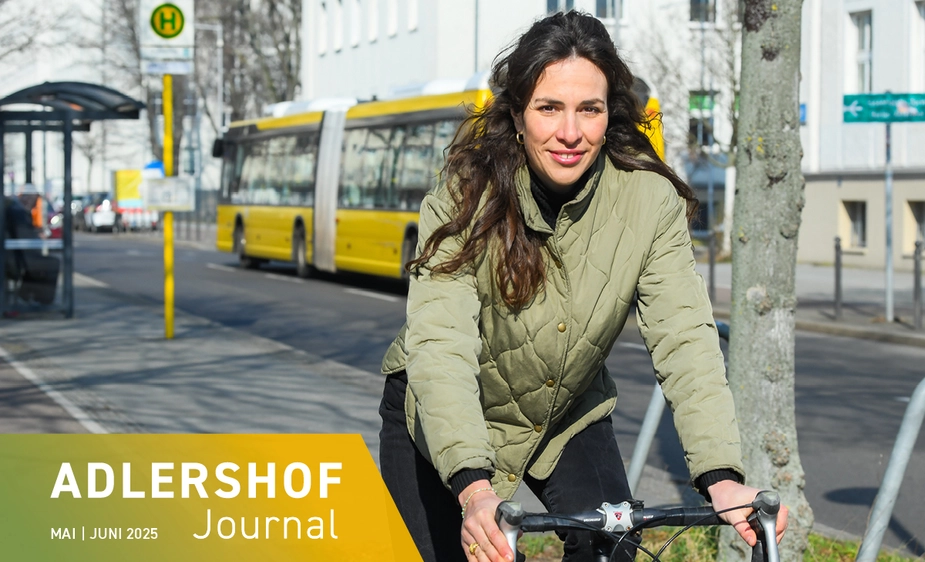Please mind the gap
Three DLR researchers highlight gender-specific knowledge gaps that prevent the surveying of women’s needs in cars, busses, and trains
Globally, Germany ranks in the top ten percent for gender equality—but persistent gaps remain. The gender pay gap is the most well-known example. The fact that transport systems are still largely designed by and for men—systematically disadvantaging women—is lesser known. This particular lack is the focus of a study titled Please Mind the Gap, published in 2024 by mobility researchers Laura Gebhardt, Sophie Nägele and Mascha Brost from the German Aerospace Centre (DLR) in Adlershof.
Mobility is made by men, for men, and nowhere is this clearer than in car design. It is not a minor issue that seats, seatbelts and airbags are tailored to the average male body, and that crash tests are conducted using male dummies only. While a low seat is an inconvenience at most, an ill-designed belt can be a danger to life. In public transportation, too, men are still the norm, even though women tend to use it more frequently. They typically follow more complex trip chains, often travel with pushchairs and shopping, and therefore have a greater need for level boarding and accessible storage space.
Scientific data must systematically reflect these needs if practice is to change, says Laura Gebhardt, head of the research group “User-Centred Design of Transport Systems”. She investigates the mobility requirements of a wide range of user groups. What first drew her to the gender topic was Caroline Criado-Perez’s book Invisible Women. Now a foundational work on the “gender data gap”, its central argument is that in a world dominated by data, half the population is routinely ignored. This is the case in IT, healthcare, and many other areas of life. As a data-driven researcher, Gebhardt was fascinated by this empirical blind spot: “It was an eye-opener for me. I thought I wonder how this plays out in mobility?”
Alongside functionality, comfort, and safety, the study also addresses issues of hygiene. Due to their anatomy, including menstrual cycles and pregnancy, women have different requirements for sanitation facilities. Studies show that many women avoid drinking while travelling to avoid having to use public toilets. Personally, Gebhardt is not especially affected in her day-to-day work. She rides the bike for her 45-minute commute to Adlershof.
Her view of the Technology Park Adlershof and its surroundings is nuanced: “I like the fact that so many bright minds are doing research here. As an urban space, I’d say it’s rather functional. I’d love to see more places to meet up, maybe a few more pleasant cafés.”
When it comes to women’s needs, Gebhardt advocates for flexible solutions: “Adjustable handholds make more sense than just screwing a loop to the ceiling where half the population can’t reach properly.” Similar studies show that such measures improve usability for everyone. Still, reading the online comments under an article about her study, she’s reminded that major public debates do not stop at mobility research. “As soon as people read the word ‘gender’, the mood shifts.” Yet her aim is a vital one: gathering better data to enable more flexible and equitable mobility for all.
Simon Wolff for Adlershof Journal
“Shrink it and pink it” simply isn't enough – Article from the DLRmagazin
